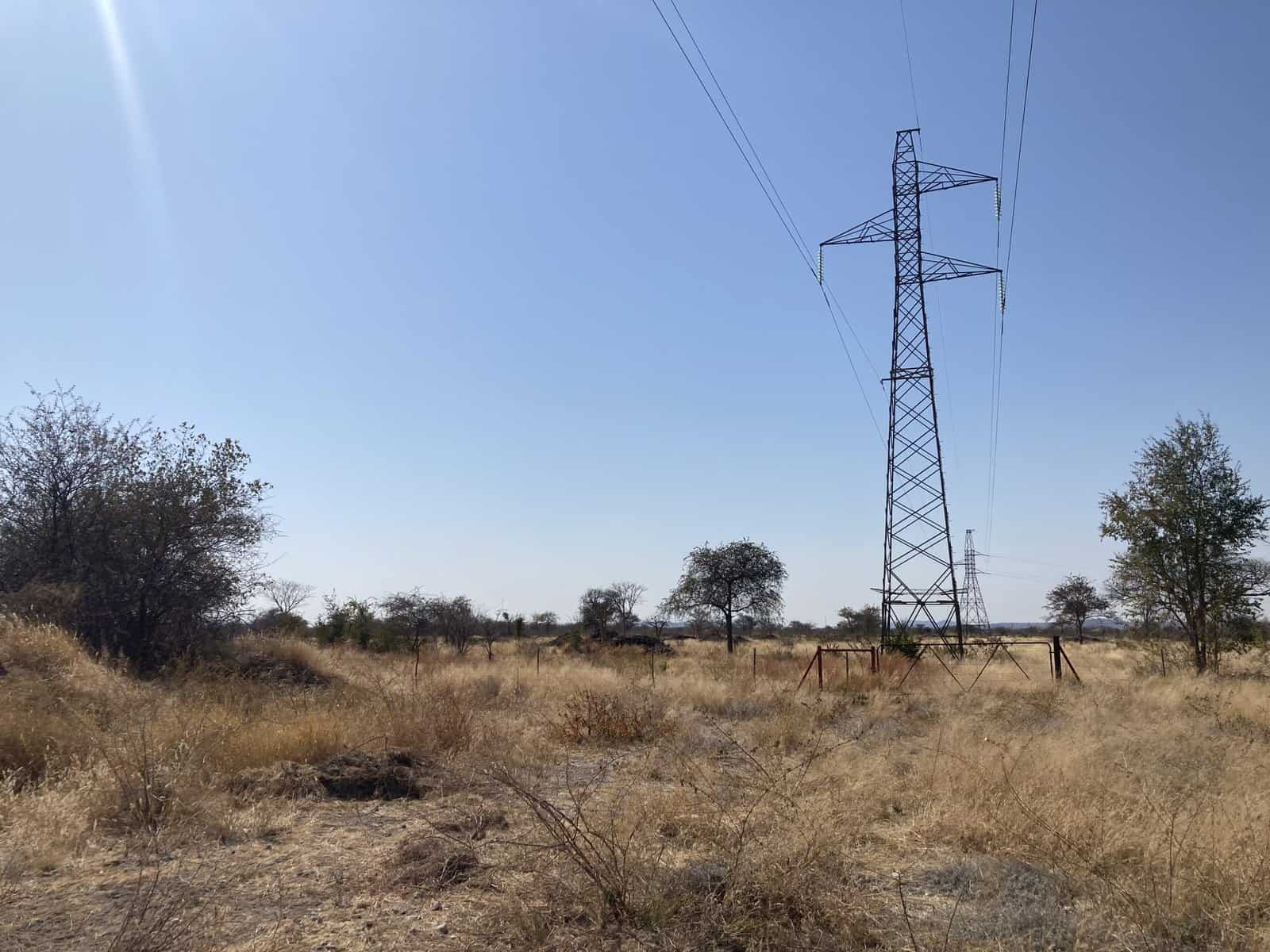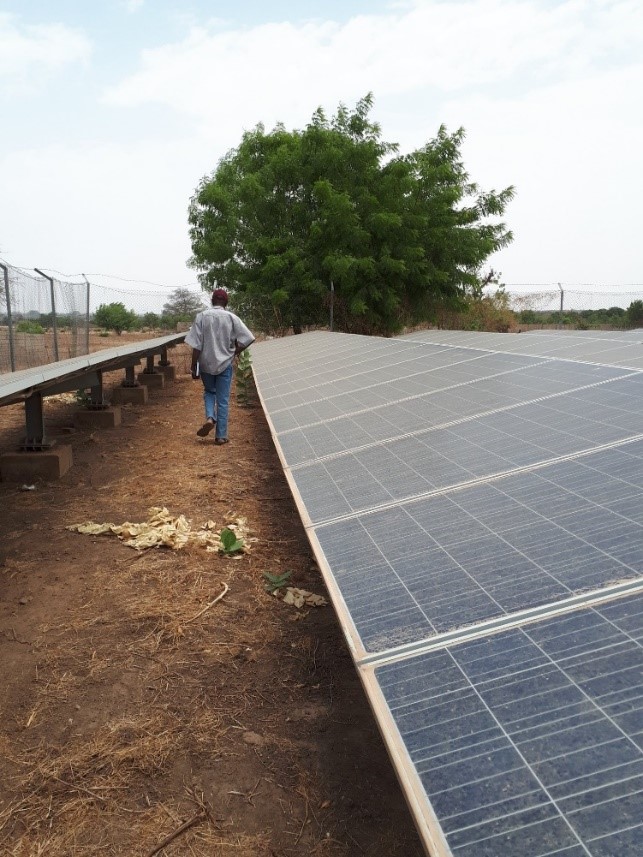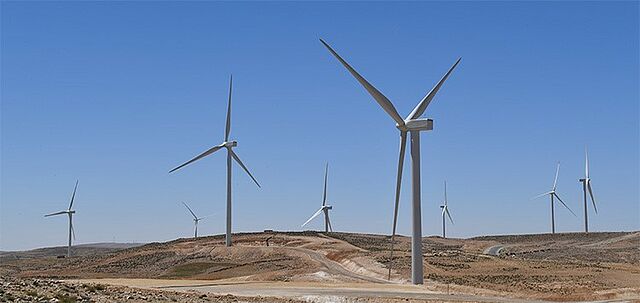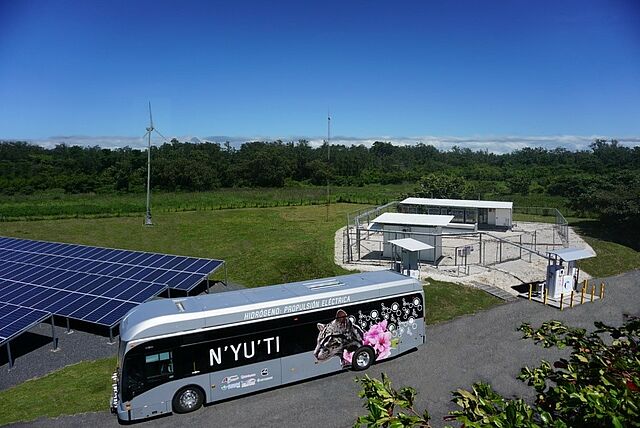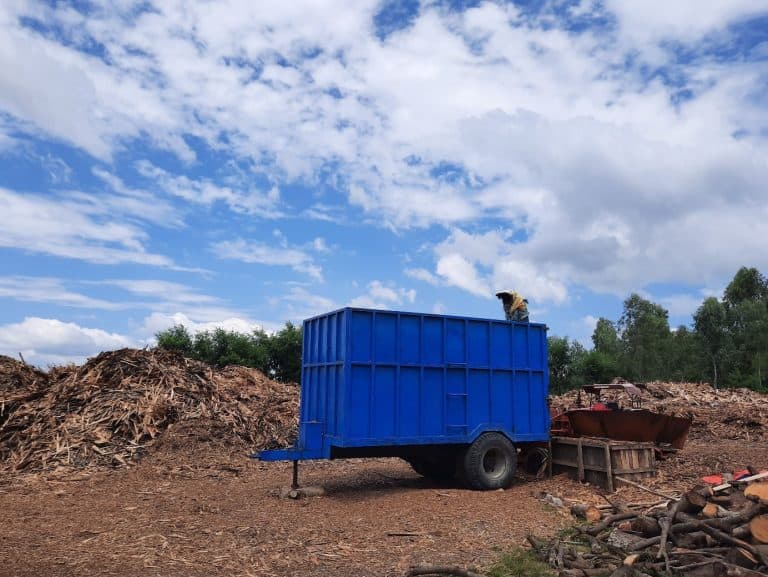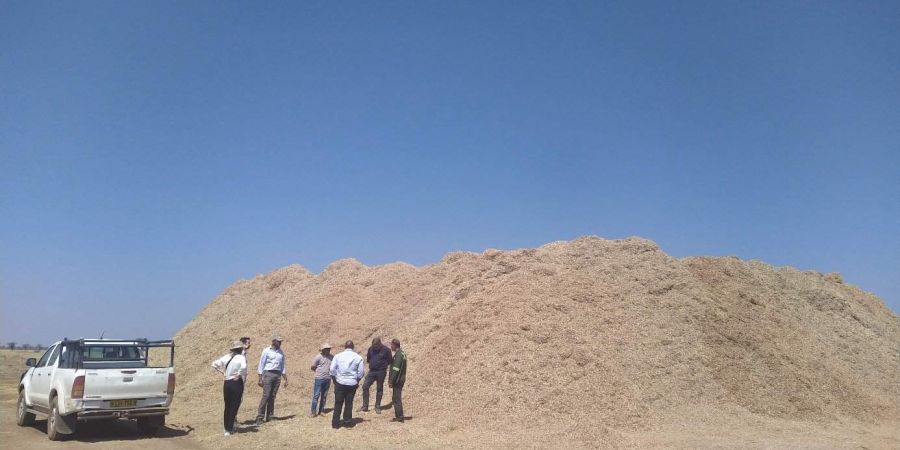
Background: Namibia imports 60-70 percent of its electricity needs annually. At peak times, when coal-fired electricity use is highest, imports may rise up to 90 percent. 65 percent of these imports come from South Africa (±92 percent coal-fired sources). The remainder is purchased from the neighbouring utilities ZESCO (Zambia) and ZPC (Zimbabwe). Namibia has implemented several policies to increase domestic low-carbon supply, reduce electricity import-dependency and enhance public and private investments to achieve 80 percent self-sufficiency through domestic electricity production by 2022.
To achieve its nationally determined contribution (NDC) target of 70 percent of renewable energy (RE) in the electricity mix by 2030, Namibia’s generation supply mix requires the integration of dispatchable supply options to address the intermittencies caused by wind and solar PV energy, especially in light of the increasing climate vulnerability of Namibia’s Electricity Supply Industry (ESI).
At the same time, Namibia is facing a severe invasion and/or thickening of aggressive undesired woody species, resulting in an imbalance of the grass-bush ratio. Rising CO2 levels and unsustainable land management practices are causing soil erosion and bush encroachment in Namibia’s grassland savannahs (covering 60% of the country) with negative impacts on biodiversity, land productivity, water availability and livelihoods. To ease the pressure on key ecosystem services and land productivity, landowners are turning to unsustainable bush harvesting practices, including complete bush clearing or the widespread application of expensive but effective arboricides to restore grassland savannahs.
Approach to Transformational Change: The invasive bush is an unwanted but widespread resource throughout the country. Its utilisation as biomass will provide a sustainable energy source that can meet the country’s energy demand and support the network without burdening the consumers with unrealistic cost increases. Hence, the project wants to demonstrate the potential of the bush for electricity generation at a large scale by supporting the national power utility NamPower in constructing and operating a 40 MW Otjikoto Biomass Power Station (OBPS). Considered as a proof of concept for the investment in biomass power plants, this project is expected to be the catalytic driver for further private investments into similar projects in other bush-encroached areas of the country. In addition, the project is expected to foster the growth of the bush harvesting sector, which will create considerable employment opportunities for local communities and lower the costs of harvesting. It also create an enabling environment for additional biomass-to-energy projects to be developed through IPP models.
It is further envisioned that the combination of Forest Stewardship Council (FSC)-regulated bush harvesting and sustainable after care will lead to considerable grassland rehabilitation and ecosystem recovery, both contributing towards Namibia’s ambitious NDC target of restoring 15.5 million ha grassland savannah and soil carbon.
Mitigation Potential: The project will support Namibia in the implementation of its NDC through two mitigation actions: 1) the decarbonisation of the electricity sector/supply in Namibia by replacing fossil fuel electricity imports; and 2) attracting new carbon-intensive investments in the restoration of grassland savannahs, leading to increased soil carbon sequestration. Over the course of its implementation, the project thereby expects to reduce around 500,000 tCO2e.

